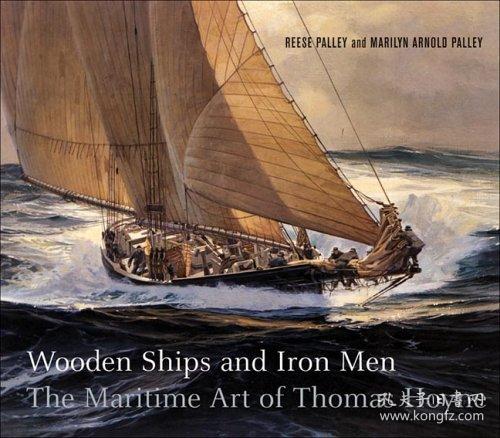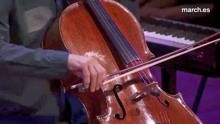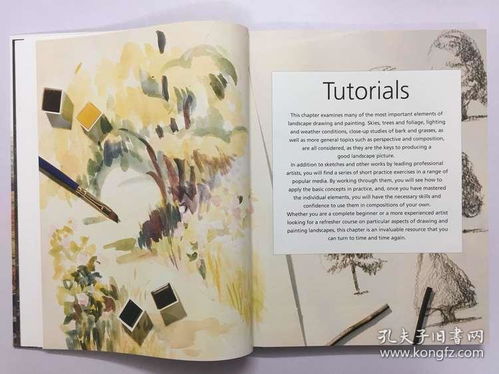Content:
Fishing is an enjoyable and relaxing pastime that has been cherished by many for generations. Whether you are a beginner or an experienced angler, having a few fishing tips up your sleeve can significantly enhance your fishing experience. One of the most crucial aspects of fishing is learning how to adjust your bobber. In this article, we will delve into some essential fishing tips and techniques on how to tune your bobber for optimal performance.

Choose the Right Bobber
The first step in mastering the art of fishing is selecting the appropriate bobber for your needs. Bobbers come in various shapes, sizes, and colors, and it is essential to choose the right one for the type of fishing you are doing. For instance, if you are fishing in a river or a stream, you may want to use a float that is more buoyant and has a larger diameter. Conversely, if you are fishing in a pond or a lake, a smaller and less buoyant bobber may be more suitable.
Attach the Bobber Properly
Once you have chosen the right bobber, it is crucial to attach it correctly to your fishing line. The most common method is to use a bobber stopper and a swivel. To do this, thread the line through the bobber stopper and slide it down to the desired length. Next, attach a swivel to the end of the line and tie a knot, such as an improved clinch knot or a uni-knot, to secure the swivel. Finally, thread the line through the eye of the bobber and slide it up to the desired height.
Adjust the Bobber Height
The height of your bobber plays a significant role in your fishing success. To adjust the bobber height, you can either slide the bobber stopper up or down the line or change the length of the leader. Here are some tips on how to determine the right bobber height:
- For bottom fishing, position the bobber so that it is just above the bottom. This will allow you to feel any bites and set the hook at the perfect moment.
- When fishing in shallow water, place the bobber closer to the surface to detect subtle bites and avoid spooking the fish.
- For topwater fishing, keep the bobber as close to the surface as possible to entice fish to strike.
Experiment with Different Bobber Styles
There are various types of bobbers available, each with its unique characteristics. Experimenting with different bobber styles can help you find the one that works best for your fishing situation. Here are some popular bobber styles:
- Bubble Bobber: This type of bobber is excellent for fishing in clear water, as it allows you to see the bobber's movement more easily.
- Sliding Bobber: This style is great for precise adjustments and is often used for fly fishing or in situations where you need to cover a lot of ground.
- Stick Bobber: A simple and reliable option that is suitable for a wide range of fishing scenarios.
Keep Your Bobber Clean and Well-Maintained
To ensure that your bobber performs optimally, it is essential to keep it clean and well-maintained. Regularly inspect your bobber for any signs of damage, such as cracks or worn-out threads. If you notice any issues, replace the bobber to avoid potential problems on the water.
In conclusion, mastering the art of fishing involves learning various techniques and tips, with adjusting your bobber being one of the most critical skills. By choosing the right bobber, attaching it properly, adjusting the height, experimenting with different styles, and maintaining it well, you can significantly improve your fishing experience. Happy fishing!












